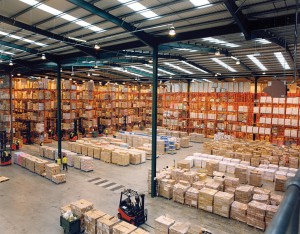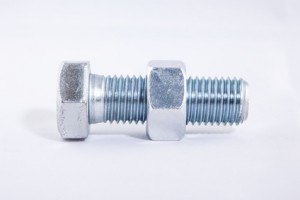 Inventory is expensive. Depending on your environment, inventory will cost you between 30% and 65% of its value. Toyota is known for (among other things) small inventories. Whereas Western companies often have weeks’ or even months’ worth of inventory, Toyota’s inventory is measured in hours.
Inventory is expensive. Depending on your environment, inventory will cost you between 30% and 65% of its value. Toyota is known for (among other things) small inventories. Whereas Western companies often have weeks’ or even months’ worth of inventory, Toyota’s inventory is measured in hours.
It is no surprise that inventory reduction is high on the list for many companies. In fact, the term “lean” by itself implies lower inventories. But why do we have inventory in the first place? And why is (too much) inventory considered evil in lean manufacturing? In this post I would like to tell you the reasons why we have inventory in the first place, and why too much is bad. In my next post I will explain what happens if you simply reduce inventory, and discuss in more detail better approaches on how to reduce inventory.







